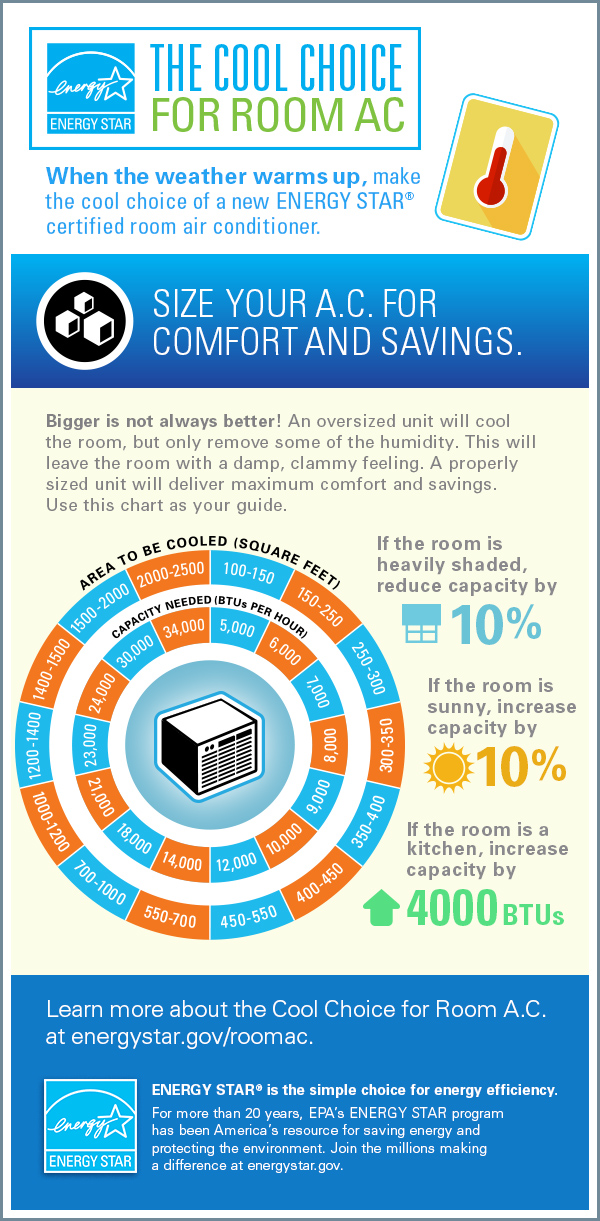The Ultimate Overview To Comprehending Heat Pumps - Exactly How Do They Work?
The Ultimate Overview To Comprehending Heat Pumps - Exactly How Do They Work?
Blog Article
Write-Up Writer-Hoppe Hanna
The most effective heat pumps can save you substantial quantities of cash on power bills. They can also help reduce greenhouse gas exhausts, particularly if you use electrical energy instead of fossil fuels like gas and home heating oil or electric-resistance furnaces.
Heat pumps work very much the like air conditioners do. This makes them a practical choice to traditional electrical home heating systems.
Exactly how They Work
Heat pumps cool down homes in the summer season and, with a little help from electricity or natural gas, they give some of your home's heating in the winter. They're a great option for people that want to minimize their use of nonrenewable fuel sources but aren't prepared to change their existing furnace and a/c system.
They count on the physical fact that even in air that appears too cold, there's still energy existing: cozy air is constantly relocating, and it wishes to move right into cooler, lower-pressure atmospheres like your home.
Most ENERGY STAR certified heat pumps operate at near their heating or cooling ability throughout the majority of the year, decreasing on/off cycling and saving power. For the best performance, concentrate on systems with a high SEER and HSPF rating.
The Compressor
The heart of the heat pump is the compressor, which is additionally called an air compressor. This mechanical streaming device uses prospective energy from power creation to boost the pressure of a gas by lowering its volume. It is different from a pump because it just works with gases and can't deal with liquids, as pumps do.
Climatic air gets in the compressor with an inlet shutoff. air-conditioning installation travels around vane-mounted arms with self-adjusting length that split the inside of the compressor, producing numerous tooth cavities of differing size. The rotor's spin forces these tooth cavities to move in and out of phase with each other, pressing the air.
The compressor attracts the low-temperature, high-pressure refrigerant vapor from the evaporator and compresses it into the warm, pressurized state of a gas. This process is repeated as required to provide home heating or cooling as called for. The compressor also consists of a desuperheater coil that recycles the waste warmth and includes superheat to the cooling agent, changing it from its fluid to vapor state.
The Evaporator
The evaporator in heat pumps does the very same thing as it carries out in fridges and air conditioners, transforming liquid cooling agent right into a gaseous vapor that gets rid of heat from the room. Heatpump systems would not function without this essential tool.
This part of the system is located inside your home or building in an indoor air handler, which can be either a ducted or ductless device. It contains an evaporator coil and the compressor that presses the low-pressure vapor from the evaporator to high pressure gas.
Heatpump absorb ambient heat from the air, and then make use of electricity to move that warmth to a home or business in heating mode. That makes them a great deal much more power effective than electric heaters or heaters, and since they're using clean electrical energy from the grid (and not shedding fuel), they also generate much fewer emissions. That's why heatpump are such terrific ecological selections. (And also a massive reason why they're becoming so popular.).
The Thermostat.
Heatpump are wonderful options for homes in chilly environments, and you can utilize them in mix with typical duct-based systems and even go ductless. They're a terrific different to nonrenewable fuel source heating unit or conventional electrical heating systems, and they're much more lasting than oil, gas or nuclear cooling and heating equipment.
Your thermostat is the most important part of your heatpump system, and it functions extremely differently than a traditional thermostat. All mechanical thermostats (all non-electronic ones) job by utilizing substances that alter dimension with enhancing temperature level, like curled bimetallic strips or the increasing wax in a vehicle radiator valve.
installation services contain 2 different sorts of metal, and they're bolted with each other to form a bridge that completes an electrical circuit attached to your heating and cooling system. As the strip gets warmer, one side of the bridge broadens faster than the other, which creates it to flex and signal that the heater is required. When the heat pump is in home heating mode, the reversing shutoff reverses the flow of cooling agent, to ensure that the outdoors coil currently operates as an evaporator and the indoor cyndrical tube becomes a condenser.